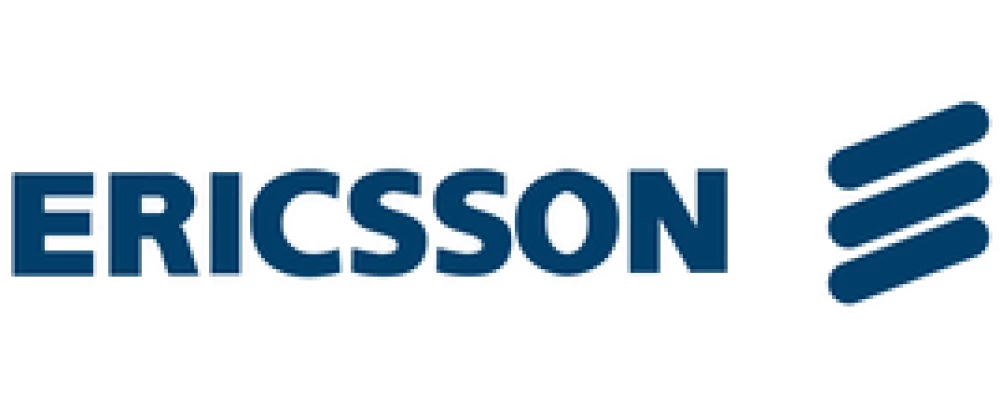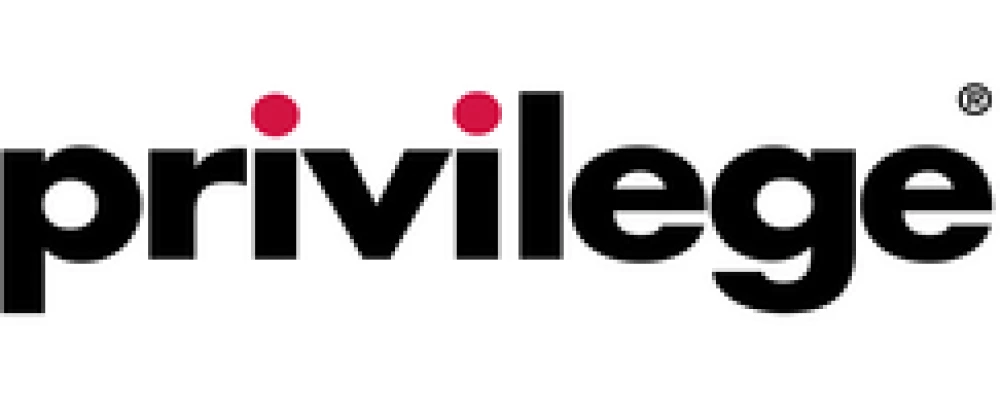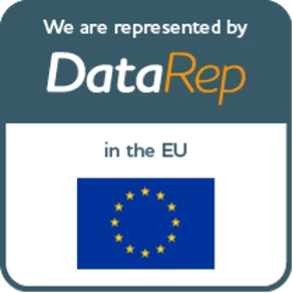Ethnographic Market Research


Our Research Methods
What is Ethnographic Research in Marketing?
Brandspeak has been providing ethnographic research since 2004.
Ethnographic market research is observational research, whereby market researchers monitor B2C and B2B consumers going about their daily activities in real time.
The purpose of ethnographic market research is to build an accurate and detailed picture of how consumers think and behave whilst undertaking specific tasks, like searching for and ordering goods online, doing the weekly supermarket shop, or selecting a new mobile phone and tariff.
The findings are typically used to inform the development of new products and services, as well as to improve existing ones. They are also used to improve the user’s experience, or create more effective levels of customer service.
Ethnography paves the way for the development of new products, services, packaging and customer experience innovations.
What are the Benefits of Ethnographic Research?
What are the Main Types of Ethnographic Market Research?
Brandspeak provides two different types of ethnography:
Auto-ethnography
Subjects use a mobile phone or other handheld device to capture their brand-related activity, often providing a commentary as they do so. The footage is then uploaded to Brandspeak’s digital platform for analysis.
An auto-ethnographic research approach is sometimes supplemented by workshop-style qualitative research.
Accompanied ethnography
A trained ethnographer accompanies the subject as they undertake specific tasks.
The ethnographer may conduct pre- and / or post-task interviews with the subject, but observes in silence whilst the activities are undertaken.
Or, the ethnographer asks questions throughout the activity, to gain greater understanding of the subject’s thoughts and behaviours as they occur.
Participants are typically videoed during the study. The outputs are then used extensively for analysis, as stimulus during any subsequent workshops and to create highly visual material for the debrief. Participants may be brought together in a workshop afterwards to review.
When Should You use Ethnography
Ethnographic market research should be considered by brands that are:
- Seeking to identify a way to disrupt an existing, marketplace with a new product entry
- Looking to differentiate an existing product or service
- Considering entry into a new market
- Looking to create a new marketplace
Your Challenge
Find our how out research can help your business
Get in Touch
If you have a potential project you would like to discuss : +44 (0) 203 858 0052 on at enquiries@brandspeak.co.uk

What Clients Say About Our Agency

- Professional & friendly with a great team to support your research needs!
- Lauren Williams


- We worked with Brandspeak on a brand awareness project and we were extremely pleased the quality of service and the process. They understood the complexity of the briefs and ask plenty of questions to make sure they fully understand the objectives. They interacted with all levels of people in our business and understood the differences within the market and suggested ways to tie the research together so it was still comparable. The results were delivered with easy to digest summaries that could be used across the business. We would highly recommend using them
- Steven Hughes
- Regatta Ltd


- Brandspeak are fantastic to work with. They listened to our brief carefully, understood exactly what was required, then got cracking. They delivered exactly what we were after, presenting to us often complex data in an easy-to-understand fashion, enabling us to take the work forward and really make use out of it. Mark in particular was amazing to work alongside, and I wouldn't hesitate to recommend both him and Brandspeak in the future. Thank you!
- Sam Heague
- Extracover Limited


- Brandspeak were very helpful through this project. With regular check ins with the team to finesse the brief, through to consistent communication during the research and results delivered promptly, I can't fault the team. The results have been helpful in shaping the future of our brand strategy
- Harry


- Brandspeak are fantastic to work with. They listened to our brief carefully, understood exactly what was required, then got cracking. They delivered exactly what we were after, presenting to us often complex data in an easy-to-understand fashion, enabling us to take the work forward and really make use out of it. Mark in particular was amazing to work alongside, and I wouldn't hesitate to recommend both him and Brandspeak in the future
- Zego


- Brandspeak were very helpful through this project. With regular check ins with the team to finesse the brief, through to consistent communication during the research and results delivered promptly, I can't fault the team. The results have been helpful in shaping the future of our brand strategy
- Lifestory


- We worked with Brandspeak on a brand awareness project and we were extremely pleased the quality of service and the process. They understood the complexity of the briefs and ask plenty of questions to make sure they fully understand the objectives. They interacted with all levels of people in our business and understood the differences within the market and suggested ways to tie the research together so it was still comparable. The results were delivered with easy to digest summaries that could be used across the business. We would highly recommend using them
- Regatta Outdoors


- We've used Brandspeak for a number of projects over the years and have always found them a great font of knowledge and a great team to work with on consumer insights and data. Their work has been incredibly valuable to us and we'd have no hesitation working with them again in the future
- Dairy UK


- Brandspeak are a fantastic market research partner. They tackle briefs head on and ask plenty of questions to make sure they fully understand the objectives, as well as challenge anything that could impact the quality of the research. They're good storytellers and presenters so it's very easy to understand their findings and share further with stakeholders. Would highly recommend.
- Samantha Neville
- Communications & Engagement Manager | NHS


- We asked support for the Campaign Evaluation Research of our TVCM campaign. They organized and prepared everything on time, and we could get the necessary information as requested. Thanks to them, we could learn a lot of things and could improve our future marketing strategies. We are looking forward to working with them again!
- Tomoki Kawai
- Marketing Manger | Kikkoman


- Brandspeak were a pleasure to work with. They're extremely helpful and professional and truly experts in everything they do. They were able to help us and provide valuable knowledge throughout the entire process, from helping curate survey questions, carrying out the research and feeding back the results in a clear and proficient way, all with exceptional communication. Thank you Mark Bagnall and the Brandspeak team. Would recommend and definitely use again.
- Grace Hughes
- Blink


- Working with Jeremy from Brandspeak has opened my eyes to how powerful good quality quantitative data can be to inform and drive better business decisions.
- Adrian Chatterton
- UK Product Manager, Spine & Orthobiologics, Stryker


- We worked with Brandspeak on some qualitative research for a significant redesign of our products and our brandmark. Their approach was extremely professional, they took the time to clearly understand the brief and overall were very informed in the world of research. I wouldn’t hesitate to recommend them or use them again in the future.
- Victoria Leigh-Pearson
- Director, Group Sales & Marketing, John Ross Jr (Aberdeen) Ltd/Coln Valley Smokery Ltd/PR Foods


- It is always a pleasure – and a relief! – to work with researchers who get the whole thing – effortlessly… a heartfelt thanks.
- DLKW


- From their initial proposal they displayed an understanding of financial services and a clarity of thinking that made them stand out. Since then they have consistently delivered to demanding timescales. But what really sets them apart are their actionable and business focused recommendations which give them the credibility to influence senior internal stakeholders. I have really enjoyed working with them and look forward to doing so again.
- Leading life and pensions provider


- From the moment I contacted Brandspeak I can't thank Jeremy and his team enough. Offering a professional approach they took the time and effort to make the whole process easy and effortless. I highly recommend Brandspeak and look forward to working with them again in the future.
- Verity Kimber
- EU Transition Manager, SHOTT Beverages


- Brandspeak helped us with getting invaluable market insights! They showed great flexibility and professionalism throughout the entire process and provided us exactly with the results we needed. I would recommend working with Brandspeak to anyone and anytime.
- Tom Suberg
- IT Project Manager at J.H. Tönnjes E.A.S.T. GmbH & Co. KG


- We wanted to understand how elements of our brand were perceived by consumers and identify opportunities where we could make improvements. Brandspeak clearly understood the brief and worked closely with us to develop a research approach that would answer our questions. The insight has been used to inform the development of our creative and also applied to other areas of our marketing communications. It was a pleasure to work with Brandspeak.
- Strategy & Insight Manager | Animal Friends Insurance


- Brandspeak recently conducted a complex and sensitive piece of research for us across the US, China, India and Europe. The work was carried out with the utmost professionalism (particular thanks to Jen!) and has provided us with invaluable insights that exceeded our expectations. A great team to work with and thoroughly recommended!
- Tom Green
- Marketing Manager | Industrials Group. Garner Denver Limited

You will be in good Company






Subscribe to our newsletter and be the first to know about our updates





